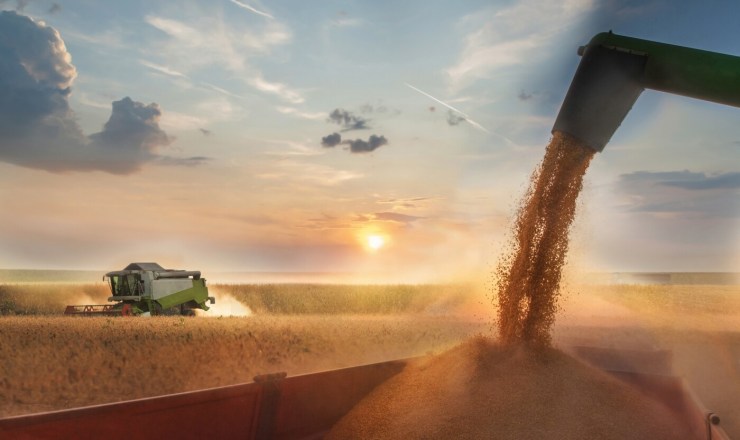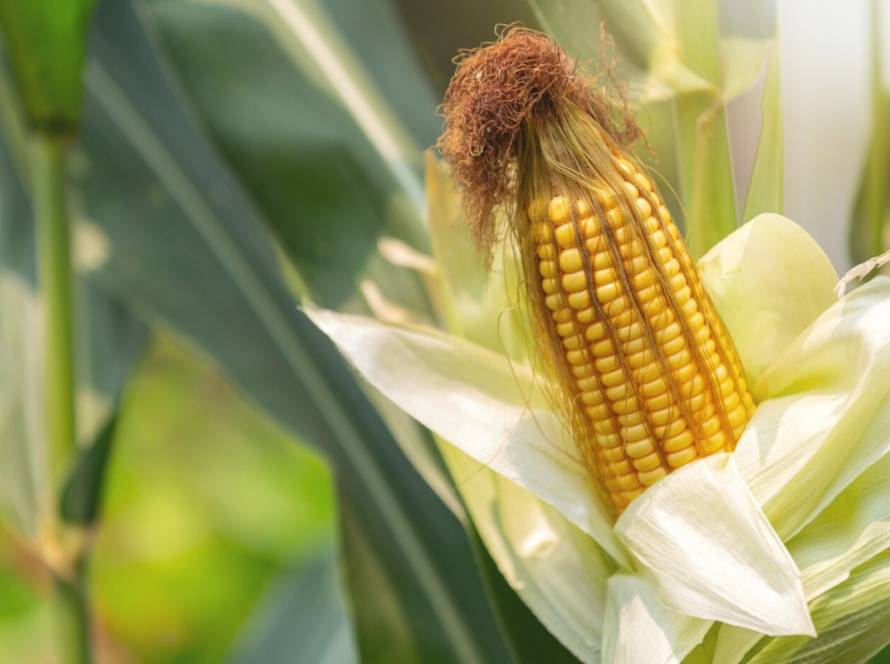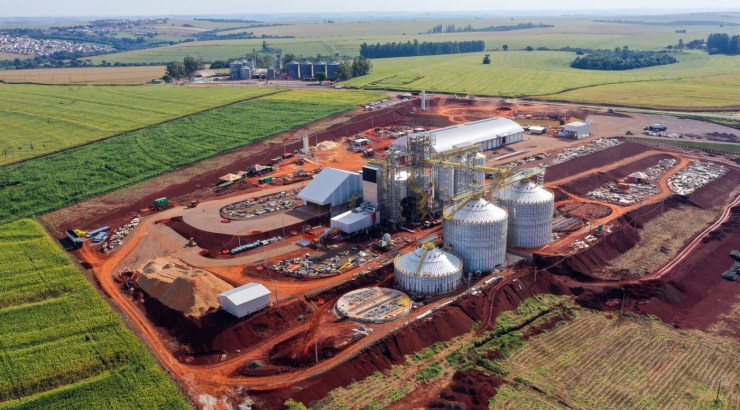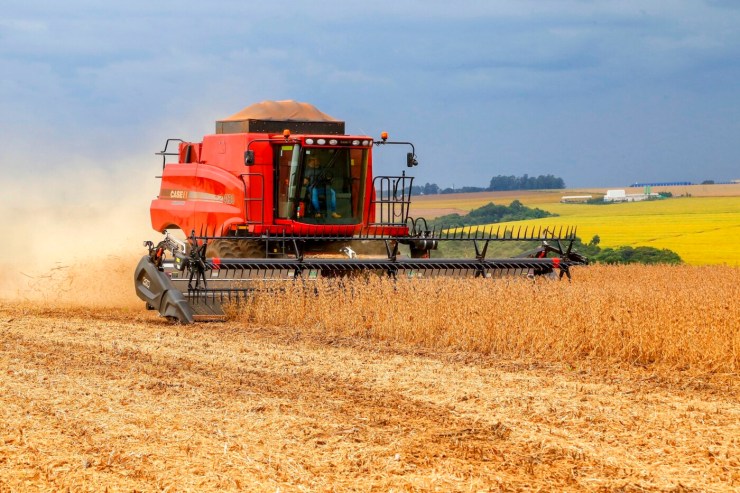The cost of live chicken production in Paraná registered a new drop in July 2025. According to the Poultry and Swine Intelligence Center (Cias/Embrapa Swine and Poultry), raising in positive pressure air-conditioned aviaries was R$ 4.60/kg, a reduction of 2.54% compared to June (R$ 4.72/kg). The value is also 0.22% lower than that observed in the same period last year (R$ 4.61/kg).
The Chicken Production Cost Index (ICPFrango) reached 355.80 points (January 2010 base = 100 points), representing a decrease of 2.63% compared to June (365.42 points). In the annual comparison, there was a slight increase of 0.2%. In the accumulated total for 2025, the indicator has already accumulated a decrease of 4%.
Among the main components, feed expenditures—which account for almost two-thirds of total costs—feeded 3,48% in the month, totaling R$ of 2.94/kg in July. Genetics also declined (-2,34%), while electricity increased by 1,19%. Health, transportation, and labor remained stable. Over the 12-month period, animal nutrition accumulated a decline of 4,94% and electricity fell by 4,91%, while genetics (+16,86%) and health (+9,02%) showed significant increases.
 The survey also shows that the average nominal price of live chicken paid to producers in Paraná was R$ 5.01/kg in July, 0.8% above the previous month and 12.6% higher than that recorded in the same month of 2024 (R$ 4.45/kg).
The survey also shows that the average nominal price of live chicken paid to producers in Paraná was R$ 5.01/kg in July, 0.8% above the previous month and 12.6% higher than that recorded in the same month of 2024 (R$ 4.45/kg).
In the field of inputs, corn was sold in the state wholesale market at R$ 59.96/60 kg bag, a drop of 5.1% compared to June, but 4.2% above July 2024. Soybean meal registered a decline of 19.3% compared to the previous year, quoted at R$ 1,802.89/ton.
With this scenario, the exchange rate for the producer improved: in July 2025, 199.5 kg of chicken were needed to acquire one ton of corn, compared to 225.6 kg in the same period of 2024. For soybean meal, the exchange rate fell from 502 kg of chicken in July 2024 to 360 kg this year, making the input more affordable.
The data are part of the Agricultural Situation Bulletin, released this Thursday (21) by the Department of Rural Economy (Deral), of the Paraná Secretariat of Agriculture and Supply (Seab).




